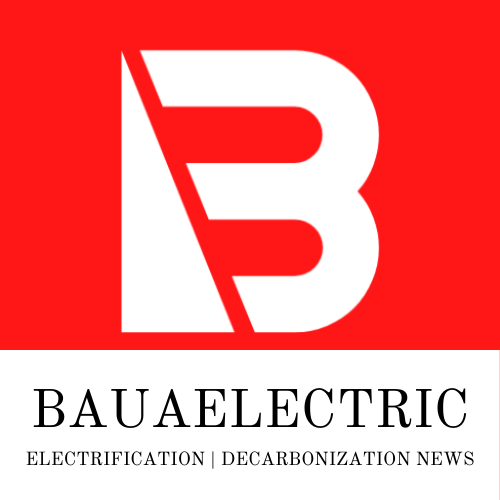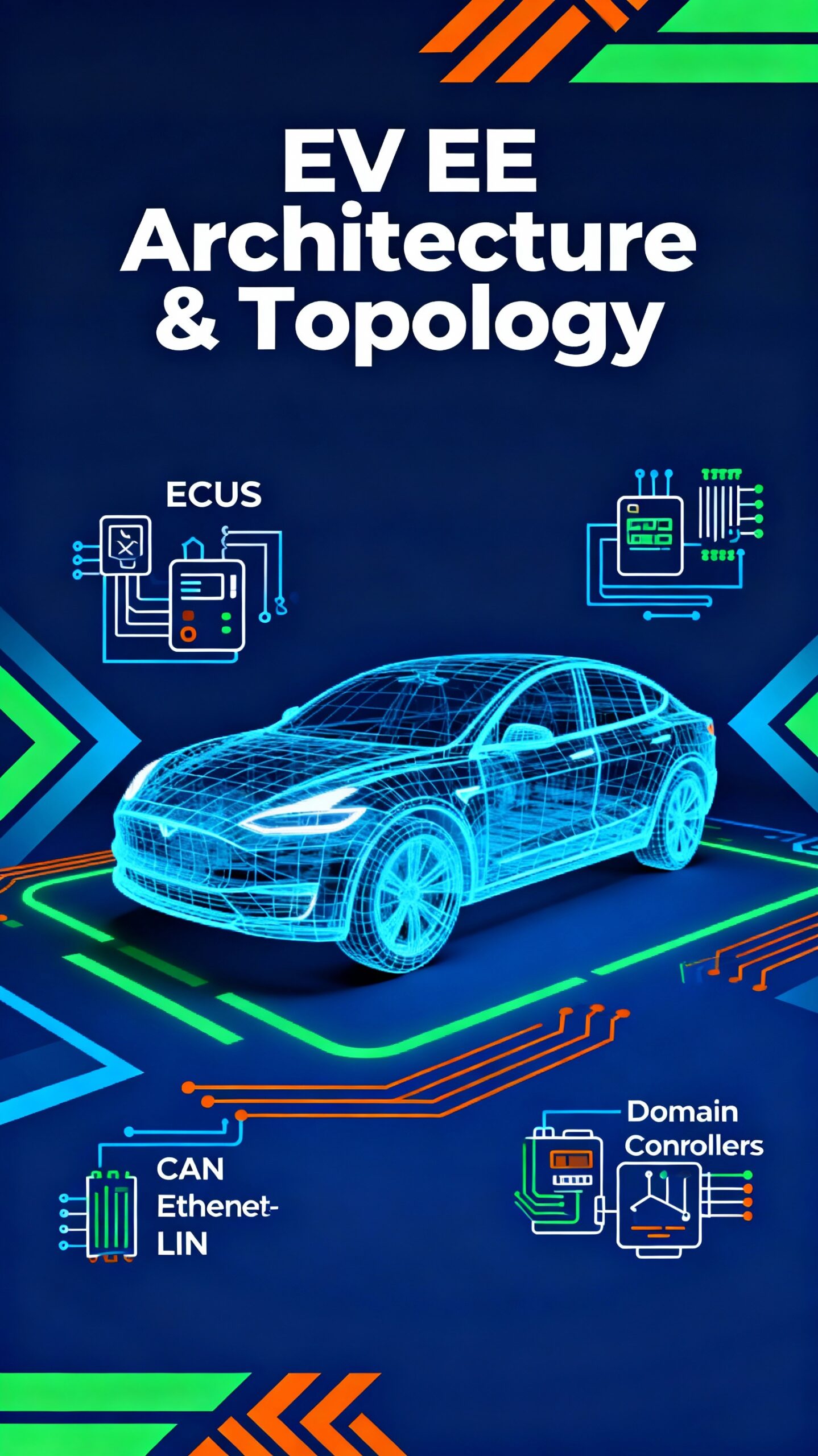what is renewable energy integration ?
Renewable energy integration refers to the process of efficiently incorporating renewable energy sources into existing energy systems. This involves the seamless blending of renewable energy, such as solar, wind, hydro, and geothermal power, into the overall energy infrastructure to meet the growing demand for clean and sustainable energy.
Key aspects of renewable energy integration include:
- Grid Integration: Connecting renewable energy sources to the electrical grid is a critical component of integration. This involves designing and implementing systems that allow the electricity generated from renewable sources to be transmitted, distributed, and consumed alongside power from traditional sources.
- Energy Storage: Renewable energy sources are often intermittent, meaning they don’t produce energy consistently. Energy storage solutions, such as batteries, pumped hydro storage, and thermal storage, play a crucial role in storing excess energy during peak production times for use during periods of low or no renewable energy generation.
- Smart Grids: Smart grids incorporate advanced communication and control technologies to enhance the reliability and efficiency of the electricity grid. They enable better management of electricity flow, monitor energy consumption in real-time, and optimize the integration of renewable energy.
- Demand Response: This involves adjusting energy consumption patterns based on the availability of renewable energy. Consumers and industries may be encouraged to shift their energy use to times when renewable energy production is high, helping to balance supply and demand on the grid.
- Intermittency Management: Intermittency refers to the variability of renewable energy sources. Effective integration requires strategies to manage and mitigate the impact of intermittent energy production on the stability of the grid. This can involve a combination of energy storage, flexible demand, and backup power sources.
- Policy and Regulatory Frameworks: Governments and regulatory bodies play a crucial role in fostering renewable energy integration. Policies such as feed-in tariffs, renewable portfolio standards, and carbon pricing can incentivize the adoption of renewable energy technologies and their integration into existing energy systems.
- Technological Advances: Ongoing advancements in technology, including improvements in renewable energy generation, energy storage, and grid management systems, contribute to more effective integration.
Renewable energy integration is essential for achieving a sustainable and low-carbon energy future. It helps reduce dependence on fossil fuels, decrease greenhouse gas emissions, and build a resilient energy infrastructure capable of meeting the world’s growing energy needs.
Why renewable energy intgeration is needed ?
Renewable energy integration is needed for several reasons, driven by environmental, economic, and energy security considerations. Here are some key reasons why it is essential:
- Environmental Sustainability: The primary motivation for renewable energy integration is to reduce the environmental impact of energy production. Renewable sources such as solar, wind, hydro, and geothermal power generate electricity with significantly lower greenhouse gas emissions compared to traditional fossil fuels. Integrating these sources helps mitigate climate change, reduce air pollution, and protect ecosystems.
- Climate Change Mitigation: By displacing fossil fuel-based energy sources, renewable energy integration contributes to global efforts to mitigate climate change. The reduction in carbon dioxide and other greenhouse gas emissions helps limit the warming of the Earth’s atmosphere, which is crucial for avoiding the most severe impacts of climate change.
- Energy Security: Renewable energy sources are abundant and distributed globally. Unlike finite fossil fuel reserves that are concentrated in certain regions, renewables offer a diverse and decentralized energy supply. This diversity enhances energy security by reducing dependence on a limited number of energy sources and mitigating geopolitical risks associated with fossil fuel extraction and transportation.
- Resource Conservation: Renewable energy technologies often require fewer natural resources and have a lower environmental impact during their life cycle compared to traditional energy sources. For example, solar and wind power do not deplete finite resources like coal, oil, and natural gas, contributing to more sustainable resource management.
- Economic Opportunities: The renewable energy sector provides economic benefits by creating jobs, fostering innovation, and stimulating economic growth. As the cost of renewable technologies decreases, investments in the renewable energy industry become increasingly attractive, leading to job creation and the development of new markets.
- Energy Independence: Integrating renewable energy sources reduces a country’s reliance on imported fossil fuels, contributing to energy independence. This can enhance national security by decreasing vulnerability to disruptions in the global energy supply chain and fluctuations in fossil fuel prices.
- Long-Term Energy Cost Stability: Renewable energy technologies can offer more stable and predictable energy costs over the long term. Unlike fossil fuels, which are subject to price volatility and geopolitical factors, renewable energy sources provide a more reliable and consistent source of energy once the infrastructure is in place.
- Public Health Benefits: Shifting to renewable energy sources reduces air and water pollution associated with fossil fuel extraction and combustion. This has direct health benefits, as cleaner air and water contribute to lower rates of respiratory and cardiovascular diseases, improving overall public health.
In summary, renewable energy integration is crucial for addressing environmental challenges, reducing reliance on finite resources, promoting economic growth, and ensuring a more sustainable and resilient energy future. It aligns with global goals to transition toward cleaner and more sustainable energy systems.
challenges in renewable energy integration
While renewable energy integration offers numerous benefits, there are also several challenges associated with incorporating these energy sources into existing systems. Some of the key challenges include:
- Intermittency and Variability: Renewable energy sources such as solar and wind are intermittent and variable, depending on weather conditions and time of day. This poses challenges in matching energy supply with demand, requiring effective energy storage and grid management solutions.
- Grid Compatibility: Existing electrical grids may not be well-equipped to handle the fluctuations and decentralized nature of renewable energy sources. Upgrading and modernizing the grid infrastructure are essential for accommodating the integration of large-scale renewable energy.
- Energy Storage: Efficient and cost-effective energy storage solutions are crucial for storing excess energy generated during peak production times and releasing it during periods of low or no renewable energy generation. Developing scalable and affordable energy storage technologies remains a significant challenge.
- Transmission Constraints: In some regions, the best renewable energy resources may be located far from population centers. Transmitting electricity over long distances can lead to energy losses and requires substantial investments in transmission infrastructure.
- Land Use and Environmental Impact: Large-scale deployment of renewable energy technologies, such as solar and wind farms, can have environmental and land use implications. Balancing the need for clean energy with environmental conservation is a complex challenge that requires careful planning and sustainable practices.
- Policy and Regulatory Barriers: Inconsistent or unfavorable policies and regulations can hinder the growth of the renewable energy sector. Clear and supportive policies are necessary to encourage investment and provide a stable framework for the integration of renewable energy into existing energy systems.
- Costs and Affordability: While the costs of renewable energy technologies have been decreasing, there are still challenges related to the initial investment and affordability, particularly in developing economies. Governments and industries need to find ways to make renewable energy more economically competitive with traditional sources.
- Technological Development: Continued research and development are required to improve the efficiency and reliability of renewable energy technologies. Advancements in materials, manufacturing processes, and system design are essential for making renewable energy more accessible and widespread.
- Public Perception and Acceptance: Resistance from local communities, driven by concerns about the visual impact, noise, or other perceived negative effects of renewable energy installations, can slow down or prevent project development. Effective communication and community engagement are crucial for gaining public acceptance.
- Global Energy Transition: Achieving widespread renewable energy integration requires a global transition away from fossil fuels. Coordinating and implementing such a transition on a global scale involves geopolitical challenges, economic considerations, and cooperation among nations.
Addressing these challenges requires a multidimensional approach involving technological innovation, policy support, public engagement, and international collaboration. As the world continues to prioritize the transition to sustainable energy, overcoming these challenges will be critical for the successful integration of renewable energy into our global energy systems.
Companys involved in RE integration
Numerous companies around the world are actively involved in various aspects of renewable energy, including development, manufacturing, and implementation. The landscape is diverse, encompassing established energy companies, technology startups, and multinational corporations. Here are some notable companies involved in the renewable energy sector.
- Tesla, Inc.: Known for electric vehicles, Tesla is also a major player in energy storage and solar energy. The company produces solar panels and develops energy storage solutions like the Powerwall and Powerpack.
- NextEra Energy, Inc.: As one of the largest renewable energy companies in the world, NextEra Energy is a leader in wind and solar power generation. It owns and operates a significant portfolio of renewable energy projects.
- Vestas Wind Systems: A global leader in wind turbine manufacturing, Vestas plays a crucial role in the wind energy sector. The company designs, manufactures, installs, and services wind turbines worldwide.
- Siemens Gamesa Renewable Energy: Another major player in the wind energy sector, Siemens Gamesa is involved in the manufacturing and servicing of wind turbines. It provides onshore and offshore wind solutions.
- SunPower Corporation: SunPower is a leading solar technology and energy services provider. The company designs and manufactures high-efficiency solar panels and offers solar solutions for residential, commercial, and utility-scale projects.
- First Solar, Inc.: First Solar is a global provider of photovoltaic solar energy solutions. The company specializes in manufacturing thin-film solar modules and developing large-scale solar projects.
- Enel Green Power: Enel is a multinational energy company that focuses on renewable energy. Enel Green Power, its renewable subsidiary, is involved in wind, solar, geothermal, and hydropower projects globally.
- Orsted A/S: Formerly known as DONG Energy, Orsted is a Danish energy company that has transformed into a major player in offshore wind energy. It is a leader in developing and operating offshore wind farms.
- Canadian Solar Inc.: Canadian Solar is a global solar energy company involved in the manufacturing of solar modules and providing solar solutions for residential, commercial, and utility-scale projects.
- Pattern Energy Group: Acquired by Canada Pension Plan Investment Board (CPP Investments), Pattern Energy is involved in developing, owning, and operating renewable energy projects, including wind and solar.
- General Electric (GE) Renewable Energy: GE is a diversified conglomerate involved in various industries, including renewable energy. GE Renewable Energy manufactures onshore and offshore wind turbines and provides services for renewable energy projects.




